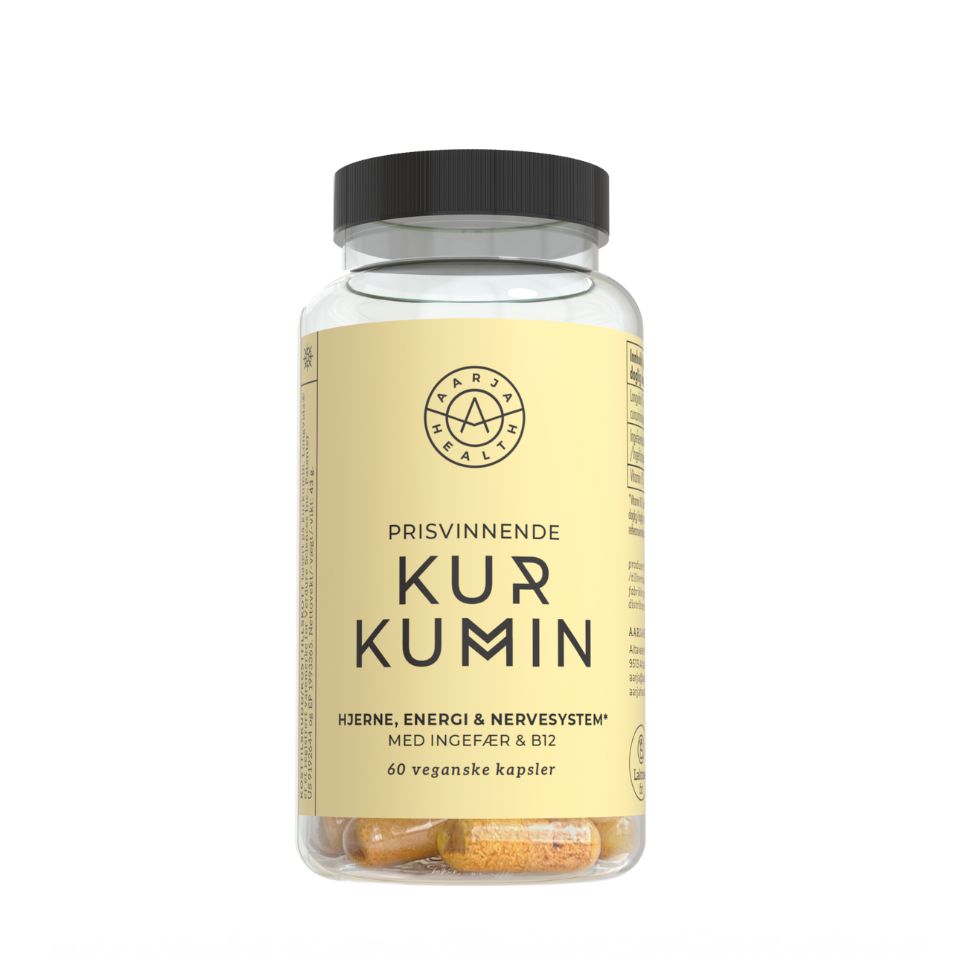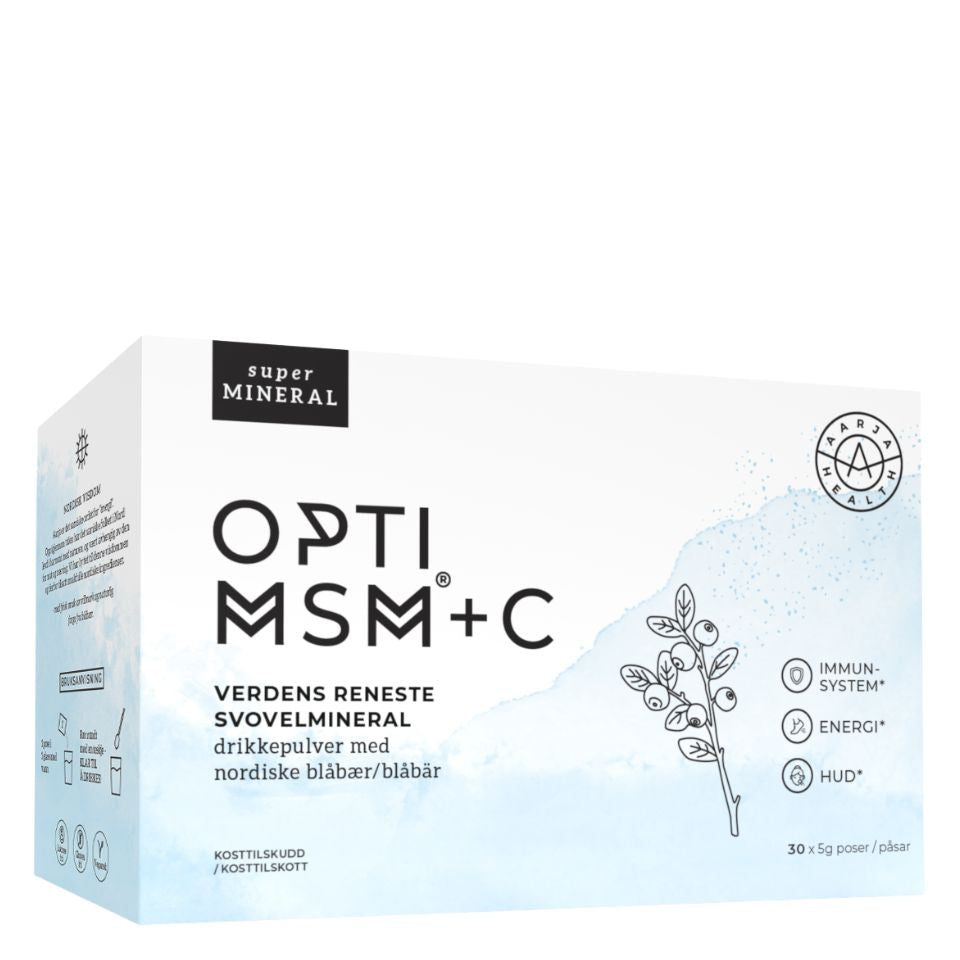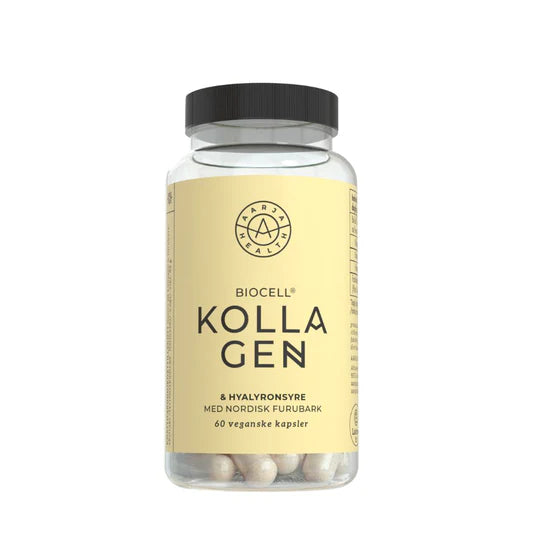
How the Body Uses Energy: Your Guide to the Body's Fuel Sources
It's no secret that the body needs energy - we've all had those days when our body parts are heavy, our eyes can't stay open and all we want to do is spend the day on the couch! But do you know how the body uses energy? Have you ever asked yourself "where does the body's energy come from"? Or what the best foods to increase energy are? Well, look no further! We have a whole lot of energy information coming your way!
When we talk about energy, it is important to first understand where the body's energy comes from. You may already know the correct answer - food! But not all foods are equal when it comes to providing energy, so let's break it down! Dietary energy sources fit into three main categories: carbohydrates (carbohydrates), protein and fat. These are known as our macronutrients, meaning we use these nutrients in the largest amounts.
Carbohydrates and protein both provide about the same amount of energy per weight - 4 calories per gram. Fat, on the other hand, provides about 9 calories per gram. Now you might be thinking - if someone is trying to fight fatigue, he or she should just eat more fat, because it provides the highest energy density. You're not wrong to think that, but you also need to think about how the body will use the energy these macronutrients give us.
How the body uses energy
Although fat provides the most energy per serving, it does not necessarily mean that it will be used for immediate energy. In fact, carbohydrates are primarily used for quick or immediate energy if we are short of energy - for example, right when you start jogging. This is because carbohydrates are easily broken down into sugars, of which glucose is our primary fuel source for the body. Fats, on the other hand, must be broken down into fatty acids which are then used as fuel during longer periods of low to moderate intensity activity. Now you are probably wondering if protein can be used as energy. Although protein can be used for energy to some extent, its primary role is to maintain muscle, aid in growth and repair, and to help make hormones, enzymes, and basically coordinate body functions as a whole.
How the body uses energy during exercise
Of course, our energy is used differently during exercise - after all, we need an extra boost to get us through a hard workout or a huge hike in the woods! As we have already mentioned, glucose is our most readily available form of fuel, both at rest and during the early phases of exercise. But our available glucose stores last only a short time after exercise begins, so our body begins to convert stored glucose (known as glycogen) back into glucose to maintain our blood sugar levels. Depending on the type of exercise you do and how long it lasts, the carbohydrate content of your diet can affect how much stored glycogen your body has, which can significantly affect both your exercise and your recovery process.
During exercise, fat is also broken down to provide us with energy - thankfully, because our glucose only lasts for a few minutes after the exercise begins. When fat is used for energy, our stored fat is converted into fatty acids, which are then transported to our muscles as fuel.
When it comes to protein, our bodies don't often use it as fuel. Instead, protein is used for the many other tasks listed above although it can contribute up to about 5% of the body's fuel. In some situations, however, such as when we are not getting enough calories or very few carbohydrates, our muscle proteins can be broken down to be used as fuel. Our bodies are pretty amazing, aren't they!
More facts about energy
Below you will find more facts about energy, if you want to take a break from reading and visit our webshop, do this...
About 50-80% of your daily energy is needed for rest.
Although exercise is often thought of as the biggest consumer of the body's energy, it is actually rest that requires approximately 50-80% of our daily energy! Why? Simply put, we need to maintain our vital functions. This includes things like maintaining our organ functions and breathing - I mean, we can't expect our heart (a muscle) to literally work 24/7 without a solid source of energy! The actual amount of energy used to maintain our vital functions varies from person to person and is called basal metabolic rate (BMR). Factors such as age, muscle mass, genetics, height and weight all contribute to how much energy the body uses at rest.
Eating also uses up valuable energy
Did you know that it also takes energy to eat? It's a pretty funny process, but when we ingest food, our body has to use energy to break down the food. In this way, we can extract valuable nutrients from them. When we then eventually have to eliminate any residues from the body, this also takes energy which is used to bind, contract and finally allow the waste to leave the body. All in all, the process of eating, digesting and metabolizing can use about 10% of our body fuel!
The only constant is change, so make sure your energy comes from nutritious foods.
The body is constantly built up and broken down through processes called anabolism and catabolism. This means that the nutrients and energy we take in from food are incorporated into our bodies to help us live. For example, amino acids from proteins are used to create hormones, enzymes and to help build and repair tissues. At the same time, stored glycogen, fats and proteins are broken down into simpler molecules for energy, to detoxify chemicals and to help regulate metabolism. The important takeaway here is that because our bodies are currently in a state of change, our diet is imperative to ensure that the right nutrients are there to support these processes.
There are three main energy systems
We couldn't spend all this time talking about energy without quickly mentioning the body's three energy systems! The energy systems we speak of refer to the ways in which energy is produced by the body. The first system is called the phosphagen system, the second is the glycolytic system and the third is the oxidative system, all of which work together to ensure that we can work, move and live our lives.
So what determines which energy system is used?
They all act as the primary system at different times. The phophagenic system is primarily used during brief, explosive activity lasting approximately 30 seconds or less. Now it's not very long at all, which is why we have the glycolytic system. This system kicks in during activities that last about 30 seconds to 3 minutes - like running up a flight of stairs. For activities lasting longer than 3 minutes, the oxidative system (which uses oxygen to produce energy) helps you utilize all the energy you need for the longer workouts or endurance activities.
Best foods to boost energy levels
Our bodies are pretty amazing at extracting energy and nutrients from food, but some foods are simply better than others at supporting our health. Are you wondering which foods can give you more energy? Here are some of our favorites!
The first of our energy-giving foods are nuts and seeds. These convenient, tasty treats are packed with protein, carbohydrates and healthy fats that help fight fatigue and inflammation, while providing sustained energy. Fatty fish (such as salmon, herring, and trout) also contain protein and healthy fats like omega-3s that can be especially helpful in fighting fatigue and feeling energized!
Next on our list would be leafy greens, which are full of vitamins and minerals that support our enzymes and energy production processes. Whole grains are also on our list of energy-boosting foods because of their high carbohydrate content. The special thing about whole grains, however, is that they often have a high content of protein and fibre, which means that glucose is slowly released into the blood so that we don't feel a sugar crash after the meal.
While our next point isn't necessarily a food, we couldn't leave water out of our list of the best foods for energy. Water is an absolute necessity for life - it is involved in many reactions and cellular processes throughout the body, including energy production! In fact, when we are dehydrated, the body's processes tend to slow down, leaving us feeling sluggish and tired. Water is a good option for a good recharge at any time of the day!
The body uses energy every second of every day. We need energy to live, and our bodies are so creative in the ways in which we can not only consume, but also transform and use energy to support our lives and daily activities. Making sure we eat nutritious foods, supporting our systems with clean, safe and effective supplements, and enjoying regular exercise are all critical to supporting our energy levels.
Elisabeth, Aarja Health co-founder, who for a long time had problems with her energy takes the following vitamins and minerals and which changed her life; OptiMSM +C with blueberries for energy and recovery after exercise, as well as Magnesium3+B6+Zinc to prevent muscle cramps. She adds that Curcumin with Ginger & B12 is especially good to use for inflammation after a workout, but when used regularly it works to prevent inflammation. She also recommends Isotonic Sporty Boost for training and activities.





